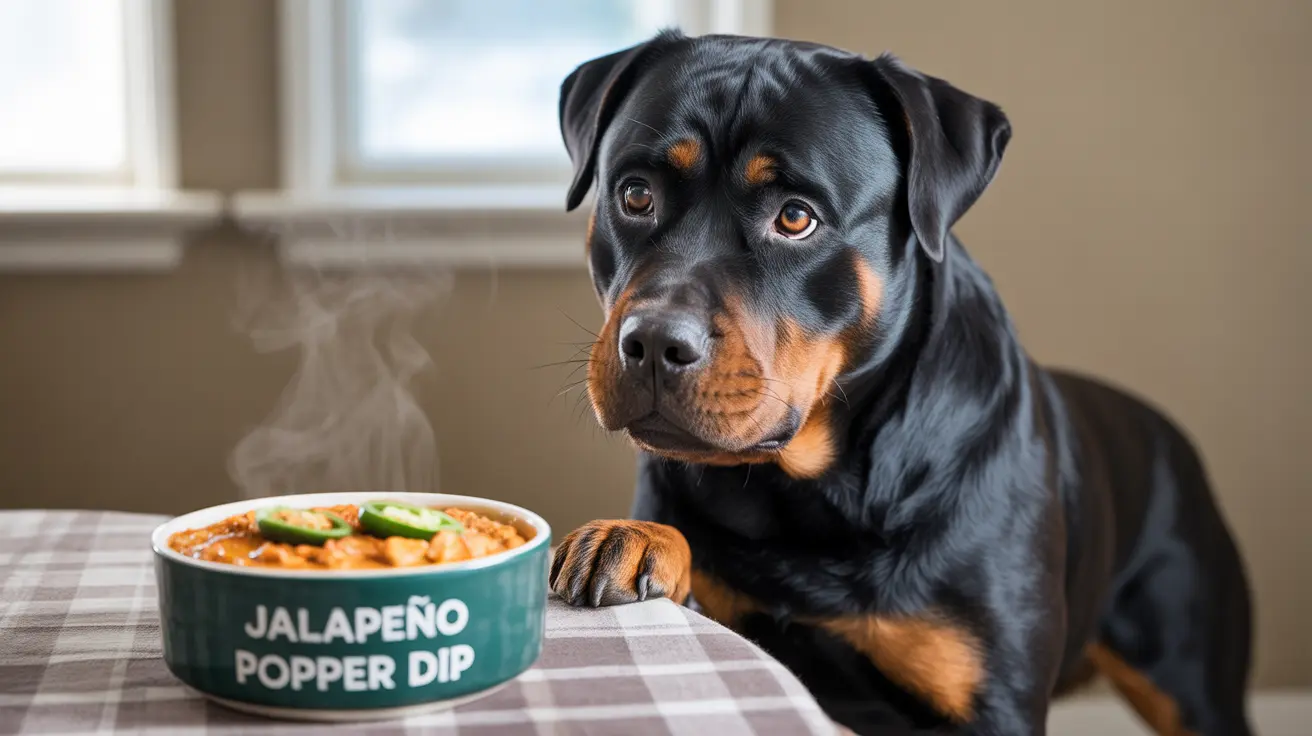Understanding Dogs and Spicy Foods
As pet owners, we often wonder about sharing our favorite foods with our furry friends. When it comes to spicy foods, however, the answer is clear: they are not good for dogs. Unlike humans who can develop a taste for spicy flavors, dogs' digestive systems and taste receptors are fundamentally different from ours, making spicy foods both uncomfortable and potentially dangerous for them.
Dogs have approximately 1,700 taste buds compared to humans' 9,000, and they process spicy sensations quite differently. While we might enjoy the burning sensation of spicy foods, dogs experience it purely as pain and discomfort, without any of the pleasure that humans might derive from it.
The Science Behind Dogs and Spicy Sensations
Dogs can detect capsaicin, the compound that makes foods spicy, through pain receptors called TRPV1. However, their reaction to this compound is purely defensive - their bodies interpret it as a threat rather than an enjoyable sensation. This explains why dogs may show immediate signs of distress when encountering spicy foods, such as:
- Excessive drooling
- Pawing at their face
- Whining or showing signs of distress
- Drinking excessive amounts of water
- Panting heavily
Health Risks of Spicy Foods for Dogs
When dogs consume spicy foods, they face several potential health risks that can range from mild discomfort to serious medical emergencies. The most common issues include:
Immediate Reactions
- Gastrointestinal upset
- Vomiting and diarrhea
- Burning sensation in mouth and throat
- Excessive thirst
Long-term Concerns
- Potential damage to digestive tract
- Development of food aversions
- Risk of dehydration
- Possible exposure to toxic ingredients often found in spicy dishes
Hidden Dangers in Spicy Foods
Beyond the spiciness itself, many spicy dishes contain ingredients that are toxic to dogs, such as:
- Onions and garlic (can cause hemolytic anemia)
- High levels of salt (can lead to sodium ion poisoning)
- Excessive fats (may trigger pancreatitis)
- Various seasonings and spices that can be harmful to dogs
What to Do If Your Dog Eats Spicy Food
If your dog accidentally consumes spicy food, take these immediate steps:
- Remove any remaining spicy food from their reach
- Provide fresh, cool water
- Monitor their behavior closely
- Contact your veterinarian if symptoms persist or worsen
Prevention and Safe Alternatives
The best approach is to prevent your dog from accessing spicy foods altogether. Instead, focus on providing dog-appropriate treats and foods that are specifically formulated for their nutritional needs. Keep human food out of reach and educate family members about the importance of not sharing spicy foods with pets.
Frequently Asked Questions
Is spicy food safe for dogs to eat?
No, spicy food is not safe for dogs to eat. It can cause immediate discomfort and potentially lead to serious health issues.
What happens if my dog eats spicy food or hot peppers?
Dogs may experience immediate discomfort, excessive drooling, vomiting, diarrhea, and gastrointestinal upset. In severe cases, they might require veterinary attention.
Can dogs actually taste or enjoy spicy flavors like humans do?
No, dogs cannot enjoy spicy flavors like humans do. They have fewer taste buds and experience spiciness only as pain or discomfort rather than as a pleasurable sensation.
How should I respond if my dog accidentally eats spicy food?
Provide fresh water, monitor their behavior, and contact your veterinarian if they show signs of distress or if symptoms persist.
Why do veterinarians advise against feeding spicy or seasoned human food to dogs?
Veterinarians advise against spicy foods because they can cause immediate discomfort, digestive issues, and may contain ingredients toxic to dogs. Dogs also receive no nutritional benefit from spicy foods.
Conclusion
While it might be tempting to share our favorite foods with our canine companions, spicy foods should always be kept away from dogs. Their unique physiology makes them particularly vulnerable to the negative effects of spicy foods, and there are no benefits to offset these risks. Instead, stick to dog-appropriate foods and treats to keep your pet happy, healthy, and safe.






